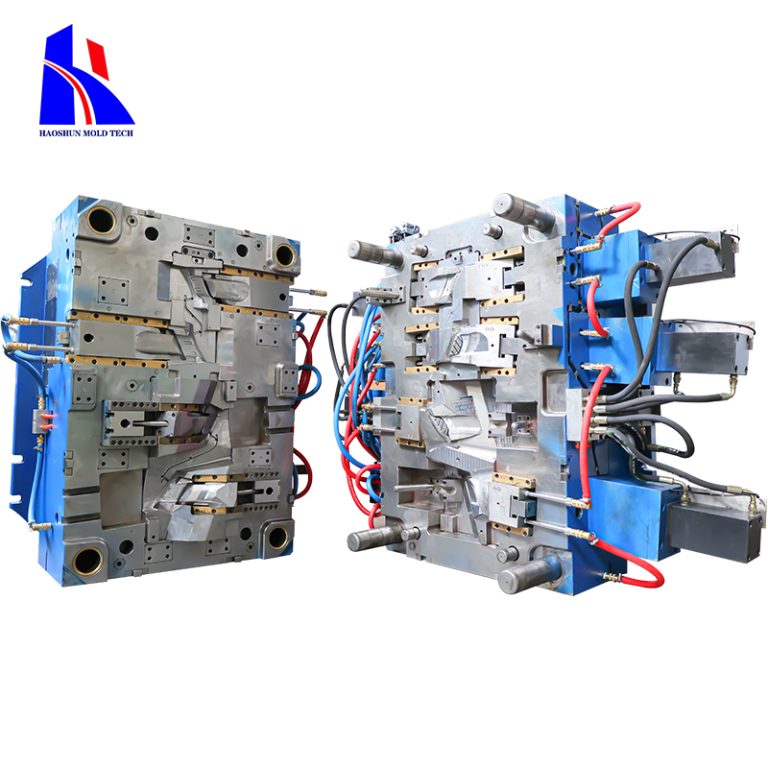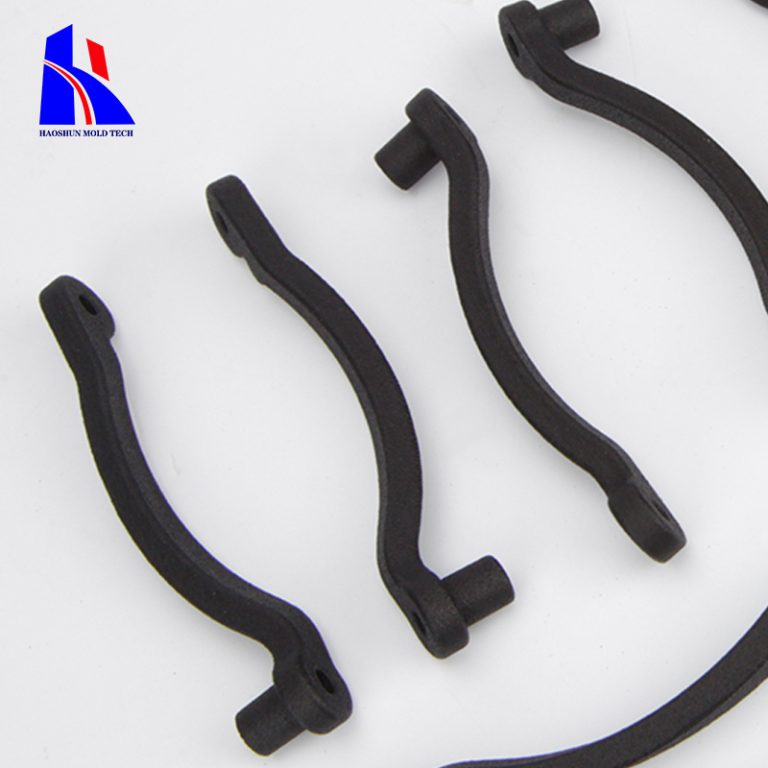abs plastic part injection molding rubber and plastic parts
Injection molding is a widely used manufacturing process for producing parts from both plastic and rubber materials. Here’s a detailed overview of ABS plastic part injection molding and the general principles related to rubber and plastic parts.

- ABS Plastic Injection Molding
A. Overview of ABS Plastic:
1.Acrylonitrile Butadiene Styrene (ABS) is a common thermoplastic known for its strength, toughness, and impact resistance.
2.Properties:
3.Good mechanical properties
4.High impact resistance
5.Good surface finish
6.Can be easily colored and painted
7.Relatively low cost
B. Injection Molding Process for ABS:
8.Material Preparation:
9.ABS pellets are dried to remove moisture, which can cause defects during molding.
10.Injection Phase:
11.The dried ABS pellets are fed into a heated barrel of the injection molding machine.
12.The material is melted and then injected into a mold under high pressure.
13.Cooling Phase:
14.The melted ABS fills the mold and is allowed to cool, solidifying in the shape of the mold.
15.Cooling time depends on the part’s thickness and the specific molding machine.
16.Ejection Phase:
17.Once cooled, the mold opens, and ejector pins push the finished part out.
18.Post-processing:
19.Parts may undergo trimming, painting, or other finishing processes.
- Rubber Injection Molding
A. Overview of Rubber:
20.Rubber can be natural or synthetic and is known for its elasticity and flexibility.
21.Common Types of Rubber:
22.Silicone
23.EPDM (Ethylene Propylene Diene Monomer)
24.Nitrile
B. Injection Molding Process for Rubber:
25.Material Preparation:
26.Rubber compounds are mixed with additives (such as curing agents) to enhance properties.
27.Injection Phase:
28.The rubber compound is heated and injected into a mold, similar to plastic injection molding, but often at lower temperatures.
29.Curing Phase:
30.After the mold is filled, the rubber undergoes vulcanization (curing) within the mold, which solidifies its shape and properties.
31.Ejection Phase:
32.Once cured, the mold is opened, and the rubber part is ejected.
- Key Considerations in Injection Molding
A. Design Considerations:
33.Draft Angles: Necessary for easy part ejection from the mold.
34.Wall Thickness: Uniform thickness helps prevent warping and ensures even cooling.
35.Rib Design: Ribs can add strength but should be designed to avoid thick sections that can lead to sink marks.
B. Molding Parameters:
36.Temperature: Maintaining the correct melt and mold temperature is crucial for quality.
37.Pressure: Injection pressure affects fill time and the overall quality of the part.
38.Cycle Time: Optimizing the cooling and injection times increases efficiency.
C. Quality Control:
39.Regular inspections and testing (like tensile strength and impact tests) ensure the parts meet required specifications.
- Applications
40.ABS Plastic Parts:
41.Consumer goods (e.g., toys, electronics housings)
42.Automotive components (e.g., interior trim)
43.Medical devices
44.Rubber Parts:
45.Seals and gaskets
46.Hoses and tubing
47.Vibration dampers
email : shine@haoshuntech.com
telephone: +8613560008062
- Conclusion
Injection molding is a versatile process suitable for producing both ABS plastic and rubber parts. Understanding the properties of materials and optimizing the injection molding parameters is essential for manufacturing high-quality components. Both ABS and rubber injection molding have distinct characteristics and applications, making them vital in various industries.






